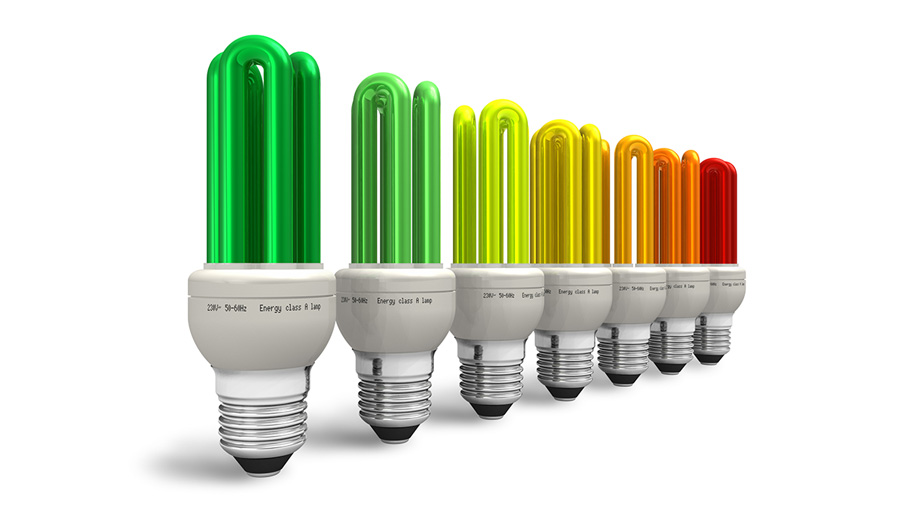Belt And Road Initiative Projects To Be Subject To “Green Light” Eco-Classification Standards

China’s Ministry of Ecology has released a “Classification System Report” as part of the BRI International Green Development Coalition (BRIGC). The BRIGC was established after the second Belt and Road Forum in April 2019, is supervised by the Chinese Ministry of Ecology and Environment (MEE) and has its own secretariat.
“A green BRI will provide a platform for all countries to share in a resilient, inclusive, and sustainable development mechanism, and to implement the UN 2030 Agenda for Sustainable Development.” the report states.
Chinese policymakers have also recently been stressing the “continual consolidation and deepening Green BRI implementation” under the 14th Five-Year Plan, which was released recently and which we discussed in the article “What to expect in China’s 14th Five Year plan“.
China has an estimated US$4 trillion of assets invested across the Belt and Road Initiative, with an estimated 50% of those in nations facing global warming issues.
The Classification System would mean that investments for developing roads, ports, bridges, power plants and mining would be placed under positive and negative lists based on pollution, release of climate harming gases, deforestation and loss of wildlife. The system would help categorize projects as green, yellow and red based on ecological damages caused and measures taken to prevent it.
While projects using fossil fuels like coal-fired power plants known for emitting a large amount of greenhouse gases would be placed under the red category, those using renewable energy, causing negligible environmental damage, would get a green tag. The yellow category would comprise of projects having a moderate impact on the environment.
The system will help curb pollution, climate change and biodiversity loss caused by the mega infrastructure projects associated with the BRI. The report also recommends downgrading the classification of projects directly to the red category if it “infringes on areas of ecological importance.”
The classification will also help understand the full lifecycle of environmental management, suggest exclusion of environmentally harmful projects, and differentiate management for projects based on their categories.
Green Light System
The BRI Green Development Institute-a think tank launched by the BRI Green Development Coalition is an international team of experts who will advise on projects. The Green Light System aims to explore the formulation of guidelines on the assessment and classification of BRI projects and provide guidance for stakeholders to further recognize and address environmental risks in overseas investment.
The report suggested establishing a sound incentive and punishment mechanism to guide financial institutions in terms of management of projects in accordance with their environmental risks and impacts, and called on the government to classify BRI projects based on their environmental impact in an effort to encourage financial institutions, investors, project implementers and government agencies to shift investments to green endeavors.
Erik Solheim, former executive director of the United Nations Environment Programme, said he expects the new institute to play a role in promoting the Green Light System.
“We want a dialogue as to what is the best environmental practice and how it can be achieved,” said Solheim, who is also convener of the coalition’s advisory committee.
Solheim said he also hopes the institute will help “promote all the fantastic practices from China”.
“Over the last few years, China has developed first-class experience in many environmental fields,” he said, citing examples including the achievement the country has made in air pollution control.
Marco Lambertini, director-general of World Wildlife Fund for Nature and also co-chair of the coalition, said the WWF is glad to see the progress that has been made in the Ecological Conservation Red Lines in China, from delineation to management.
Mapping high environmental value regions and identifying no-go zones where investment should not be made, as well as high risk areas where investments should be well-regulated are important to guide investments, he said. The Green Light System will be an important tool for the stakeholders in China and other BRI countries to better identify and address the environmental risks in overseas investment, he added.
With more than 150 partners from 43 countries, the coalition has organized 10 seminars on green BRI as the COVID-19 pandemic continues to exert a negative impact on many parts of the world, said Zhao Yingmin, vice-minister of ecology and environment.
Wang Ye, a green financial analyst with World Resource Institute (WRI) has stated that “The positive and negative list will provide a foundation for governmental bodies to make sure overseas investment is in line with climate and environmental goals. We also hope it will help improve green finance practice for overseas projects.”
The intent to issue Classification ratings for BRI projects will also mean that opportunities for supplying eco-friendly products to Chinese and other local contractors will significantly increase. We discussed issues related to Belt and Road Procurement contracts here, and concerning trademark registrations in BRI countries here. Investors interested in participating in BRI projects will now need to adhere to the Green Light standards.
Related Reading
- BRICS New Development Bank on Course to Lend US$40 Billion in Green Infrastructure Projects
- Shanghai’s Green Manufacturing Sector: New Initiatives Announced
About Us
Silk Road Briefing is written by Dezan Shira & Associates. The firm has 28 offices throughout Asia, and assists foreign investors into the region. For strategic advisory and business intelligence issues please contact the firm at silkroad@dezshira.com or visit www.dezshira.com





